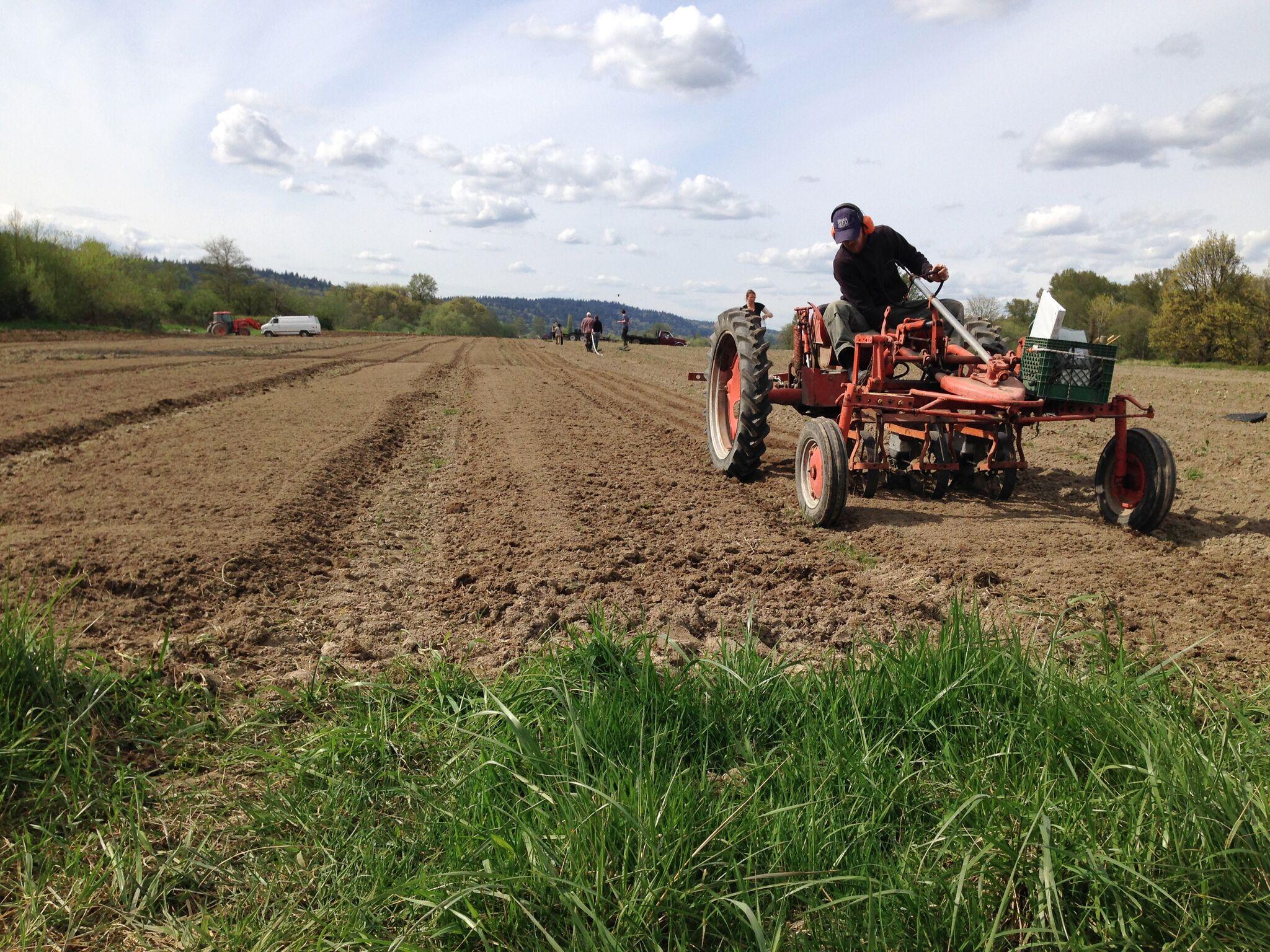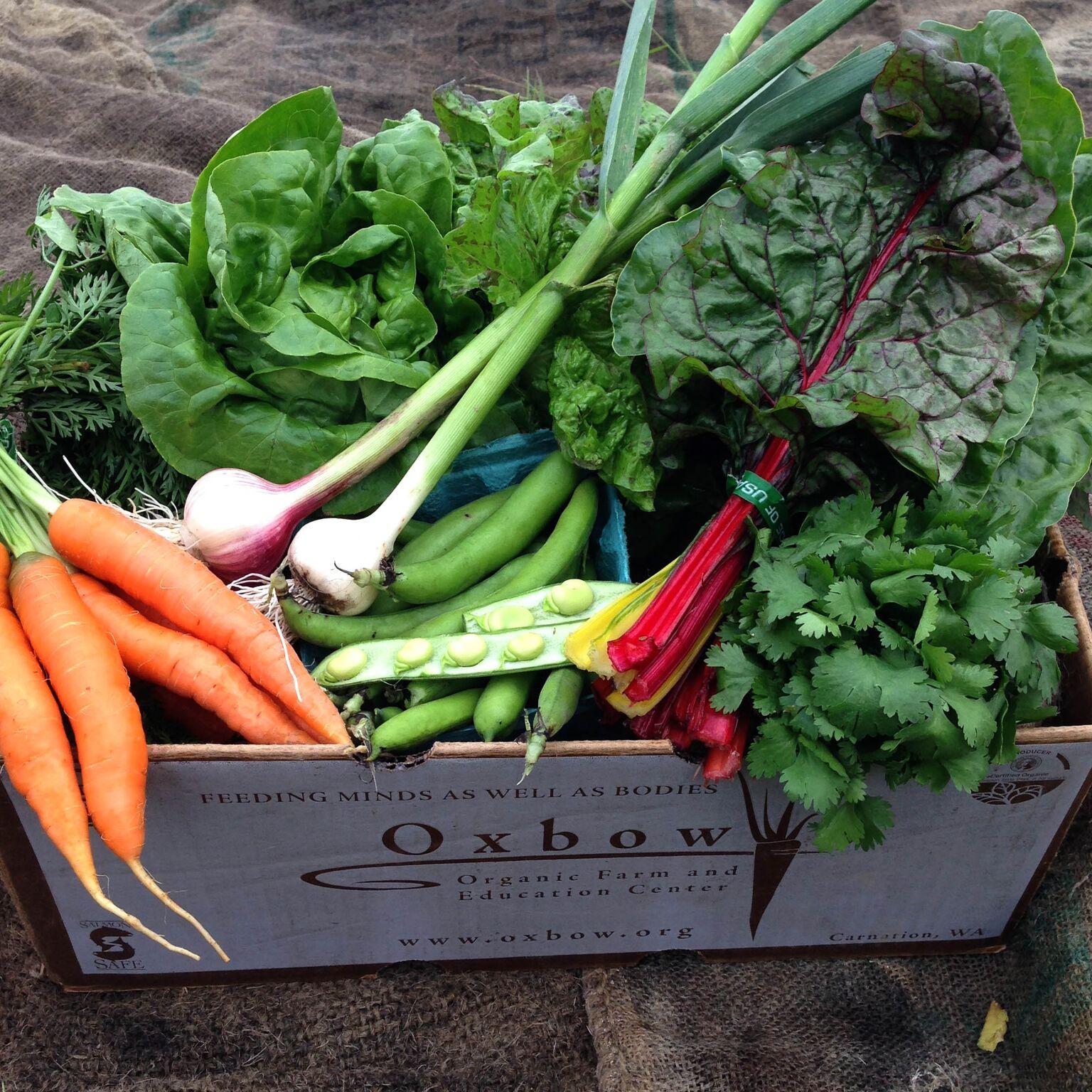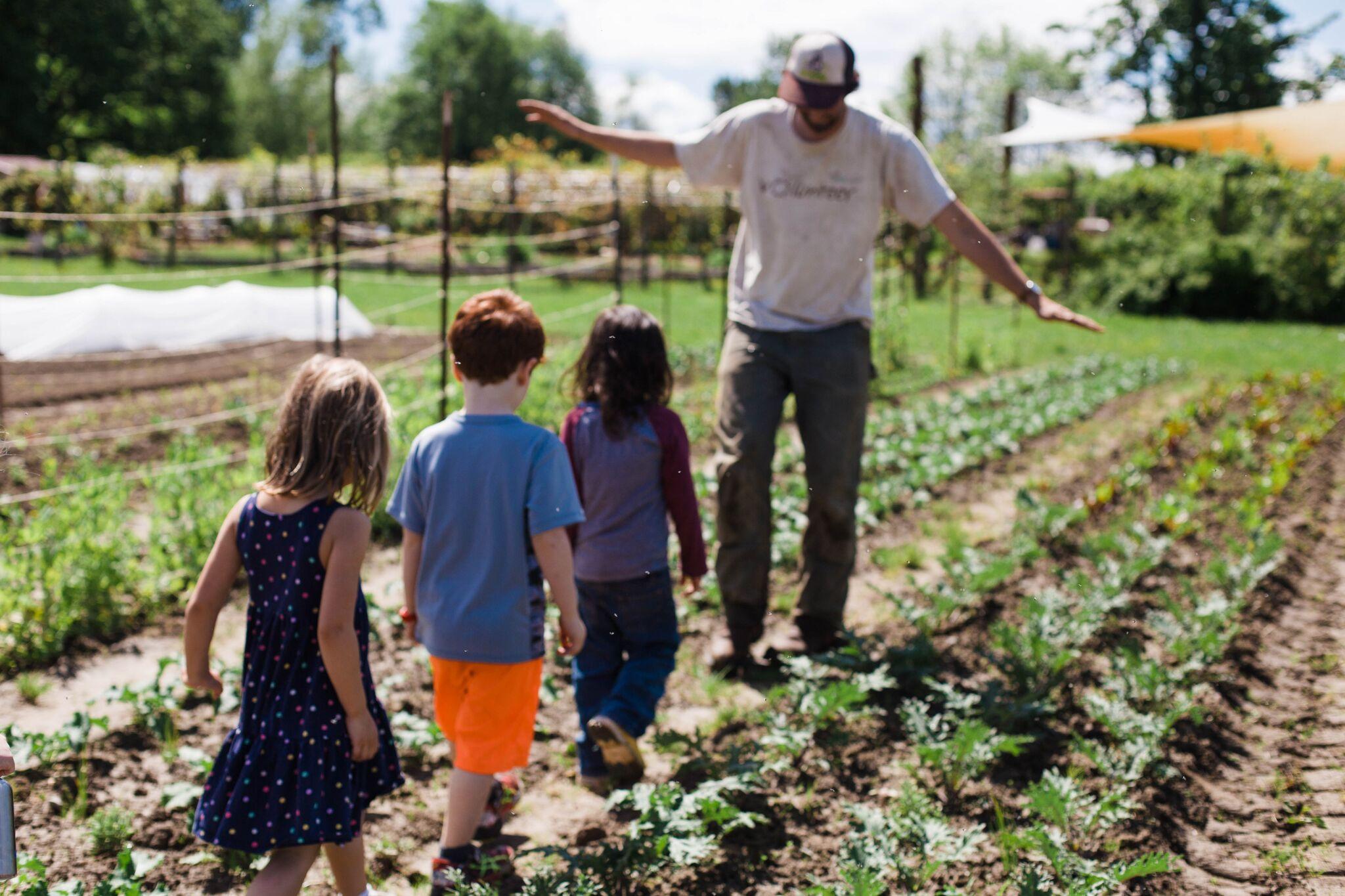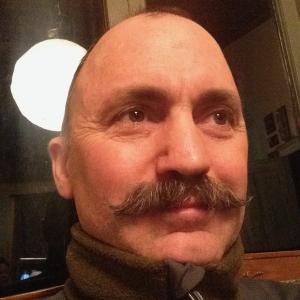The LocalHarvest Blog
26 Jun Mon 2017
Oxbow Farm and Conservation Center: Pioneers of Good Food, Community and Land Stewardship
 Last month, in the midst of gearing up for the CSA season, Oxbow Farm Manager Adam McCurdy took time to talk with LocalHarvest about farming, community, sustainability and much more. Oxbow Farm & Conservation Center is a unique non-profit organization situated along the verdant Snoqualmie River in Carnation, just 30 miles from Seattle, Washington. Oxbow hosts an impressive variety of projects, including their 500 member CSA program, outdoor education and summer camps for kids, food gleaning programs, and a native plant nursery.
Last month, in the midst of gearing up for the CSA season, Oxbow Farm Manager Adam McCurdy took time to talk with LocalHarvest about farming, community, sustainability and much more. Oxbow Farm & Conservation Center is a unique non-profit organization situated along the verdant Snoqualmie River in Carnation, just 30 miles from Seattle, Washington. Oxbow hosts an impressive variety of projects, including their 500 member CSA program, outdoor education and summer camps for kids, food gleaning programs, and a native plant nursery.
LocalHarvest: What is your role at Oxbow and what got you into farming?
Adam: I’ve been with Oxbow since 2006, and I’ve been farming since 1999 in different regions: in the Willamette Valley outside of Portland, the Methow Valley in Eastern Washington, and now currently in the Snoqualmie Valley. I first became interested in farming while working with an Americorps program in Maine, doing environmental education and forest management, and as a result I became interested in food systems more generally. From there, I started helping with different gleaning efforts in Maine, working towards hunger relief, which is now a major aspect of what we’re doing at Oxbow.
LH:How does the gleaning program at Oxbow work?
Adam: The development of our gleaning and partnering with hunger relief organizations has been quite an evolution. We’ve had to find solutions to questions like: how do you open your land up to volunteers who are willing to come and glean? How do you get the food to the food bank? Most importantly, how do you serve the populations that need local nourishing food, probably more than anyone?
Over time, we’ve worked with organizations such as Rotary First Harvest, Foodlink, and LifeLine, in a few different ways. The first task is to bring volunteers out to the farm to harvest, and the second is get the food to the food pantries. We’ve also developed a purchasing program, so not only are we working with the food bank on a donation basis, but the food bank helps to support the local farm financially. Our gleaning program was managed through Rotary First Harvest and Americorps for a few years, and then HopeLink created a permanent gleaning coordinator position, who manages all the volunteers and getting the food to the food bank. Now HopeLink has gleaning funded as part of its primary structure.
LH:So, HopeLink has set up gleaning as part of its ongoing program?
Adam: Yes, so it’s not just a federal grant with life expectancy, it’s become part of HopeLink’s operating budget each year. We’ve been working with them for five years now, so we have continuity. A committed group of volunteers comes out to the farm regularly. They experience the seasons and begin to understand what it takes to provide products from a local farm to a food bank, and to get food to the people who really need it. It’s really amazing.
LH: How is Oxbow’s CSA structured, and how many members do you have?

Adam: Our program has evolved over the years, depending on what the community is needing and what is economically viable for the farm. In 2011, when we started working with LocalHarvest and CSAware, we had 350 members, and then in 2013 we were on a growth trajectory with 480 members. By 2014 we were up to 600 members, and in 2015, 700 members. Currently we’re around 500. In terms of the numbers, in different years we’ve offered different types of shares, so the numbers reflect some long season shares and some shorter season shares.
LH:Was it Oxbow Farm’s desire to grow, and how did you accommodate so much growth?
Adam: Yes, we did plan for growth - we basically have three to four business branches. We are Oxbow as the non-profit organization, then we have an educational farm-garden, a native plant nursery, and we have the production farm. The growth of the CSA matched our mission to give members of the community the opportunity to come and experience their local farmland through one of these different channels. We put a lot of intention into growing that aspect. We stopped going to farmers’ markets and started building select relationships with local restaurants and grocery / co-ops. So our CSA has a dual purpose: people can buy direct with us, and also they have the opportunity to experience the farm in these different ways.
When you’re planning for the CSA, how do you plan for what goes in the shareholder’s box? Do you get input from your members? Are there certain trends you’ve noticed or started?
Adam: We take customer feedback very seriously. We always want to know what folks are desiring. Sometimes we buy-in from another local grower if we can’t grow something our members want. Economically this makes more sense and additionally it spreads the customer’s food dollar within the local community. When we buy from another local grower, we’re supporting other local farmers and securing local farmland.
There are a lot of different reasons people are choosing to join a CSA: some are interested in local, sustainably grown fresh food, others are considering the health benefits, some are foodies, and others want a convenient neighborhood pickup. When you’ve got hundreds of subscribers, you have a lot of different folks in the pool. Some people are really fired up about local and sustainable. Others are more interested in just getting their box of fresh produce. One of the trends we’re looking at is providing the best regional product our fields can produce, and strengthening our regional food system through community relationships.
Our CSA is for people who are looking for high quality staples that will grow in this region. We don’t make false promises - you’ll get great value, quality, seasonality, we’ll give you a nice variety and sufficient quantity to make your meals. We have over 30 different pick-up sites in the greater Seattle area. Each site host is a Community Partner that builds a relationship within the community. Some of those are faith-based community hubs, or health & wellness-focused businesses, like the chiropractor’s office. Delivery becomes part of a regional commerce - connecting people with similar values like eating healthfully. We are moving into those relationships with even greater intention. It takes intention, effort and maintenance to keep up those relationships.
LH: what is your perspective on preserving farmland preservation, and how did the native plant nursery project come about?
Adam: Our farm serves the purpose of food production, and in addition we have a conservation program with the goal of being a sustainable steward of the land. In the floodplain where we grow, we work with fish habitat and restoration, keeping the water clean. Everywhere we are is the watershed.
Keeping local farmland producing is going to keep it preserved. We maintain buffers so that there is clean water in the waterways. Preserving biological diversity while doing our best to sustainably grow food is a constant challenge. Bringing those aspects together, food production and land preservation, is a major focus at Oxbow.
Partnering with universities who conduct research projects also helps us to accomplish our goal of maintaining a healthy biodiversity on the farm. For example, right now we have a bird diversity study going about nesting sites around the production fields. We’ve found that there is a direct relationship to the presence of birds and integrative pest management. Another angle of conservation and sustainable growing is nutrient management and knowing what is enough but not too much, in keeping the waterways clean. Understanding the impact of cultivation to the outlying buffer zones is very important to us and our goal of land stewardship.
LH: Tell me a little about the Education Farm?

Adam: Oxbow’s Education Farm works toward preparing future generations to be stewards of the land as well. We’re using many of the same production practices that we use on our larger-scale farm fields on a micro-level at the Kid’s Farm. When children come to the farm, they see a pared-down version of how a farm works. They learn about pollination, seeds, germination, soil, insects, where food comes from, how it tastes, and how it nourishes. The kids really get to feel and experience all these aspects of our food system. Our educators go into classrooms during the winter months when there is less going on in the field.
Many thanks to Oxbow Farm Manager Adam McCurdy for speaking with us. If you are interested learning more about Oxbow, you can visit their website or sign up for their CSA here.

